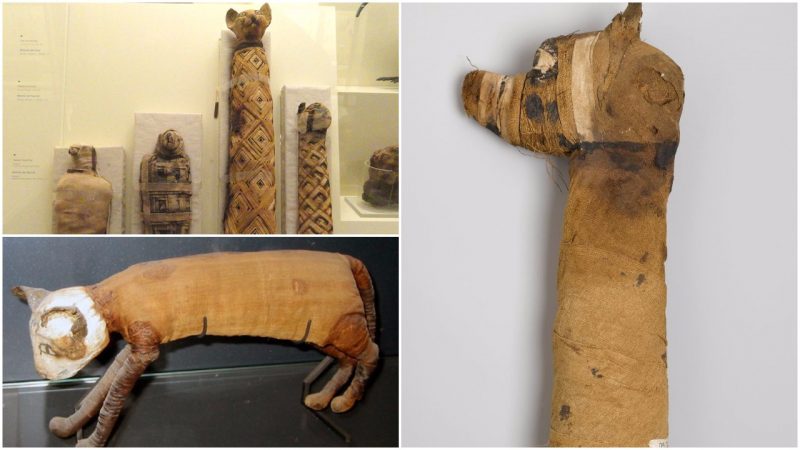In Ancient Egypt, animals were highly respected and revered as earthly representatives of gods.
In no other culture have animals been as instrumental in so many perspectives of life, nor has any culture represented animals as often in writings and artwork.
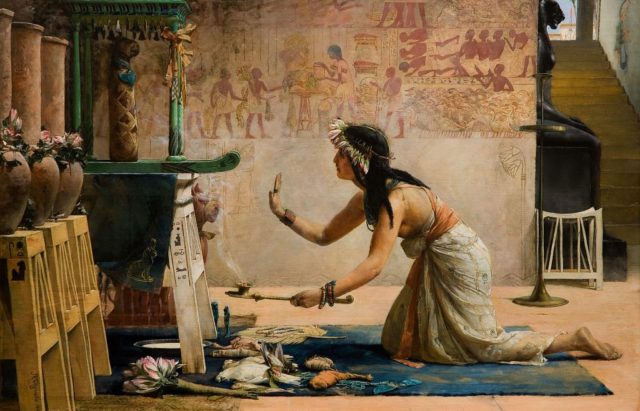
Ancient Egyptians believed animals were crucial to physical and spiritual survival. Ancient Egyptians believed that animals, like humans, are destined for eternal life, a life much better than the one they just departed.
Therefore it is understandable why Egyptians hold animals in the highest regard, providing them a decent burial through mummification.
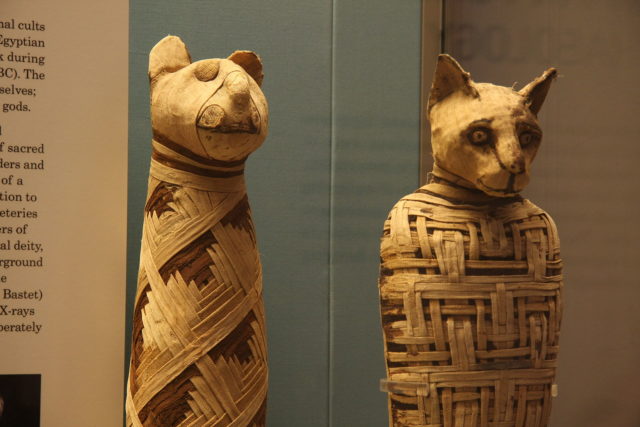
While human mummification had been used since the days of the early conquerors of Lower Egypt, the first nonhuman mummy only came hundreds of years later.
The earliest signs of animal mummification are dated to the Badarian Predynastic Period (5500–4000BC) after the unification of Upper and Lower Egypt. The most likely reason why animal mummies did not exist earlier on is that mummification was less convenient, primarily due to cost.
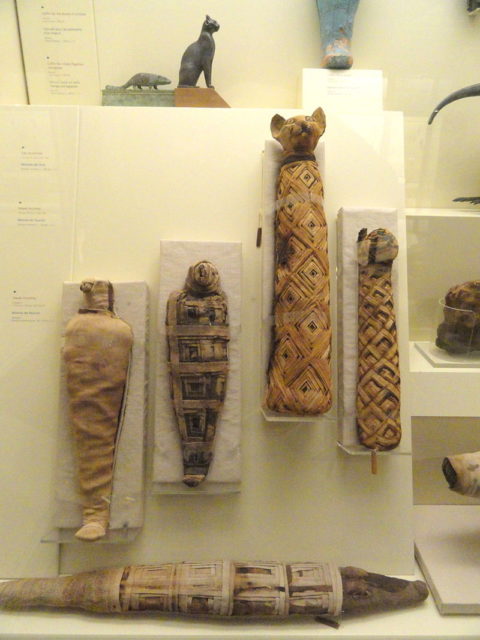
Life after death was a significant part of the Egyptian religion. To determine a person’s admittance or denial to the afterlife, the gods would ask various judgment questions, of which would be whether they mistreated any animals during their life.
A killing of an animal in ancient Egypt was considered a serious crime, punishable by death. So, one of the reasons for mummifying animals was for the deceased to gain admittance to the afterlife.
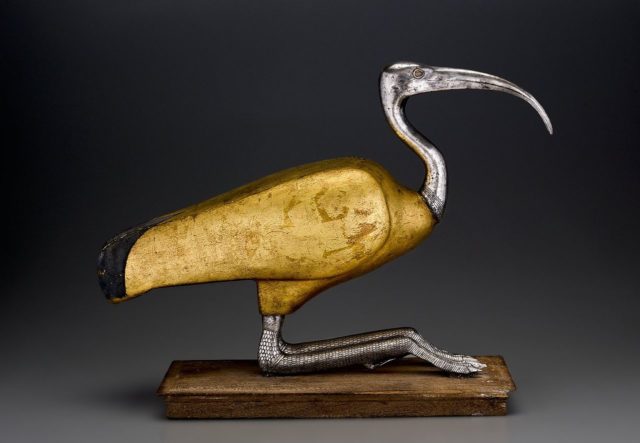
Egyptians also mummified animals for more personal reasons – as beloved pets to guide the deceased and keep them company in the afterlife.
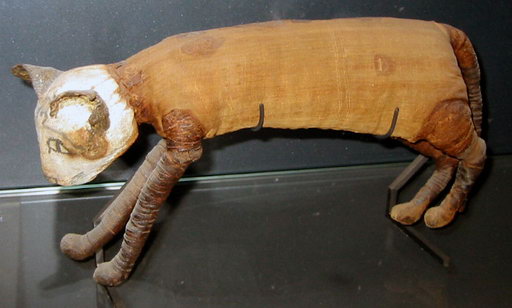
The most common animal mummies were dogs, cats, mongooses, monkeys, gazelles, and birds. Egyptians were quite attached to their pets, just like we are today.
However, we don’t shave our eyebrows when our cat dies, as the Egyptians did.
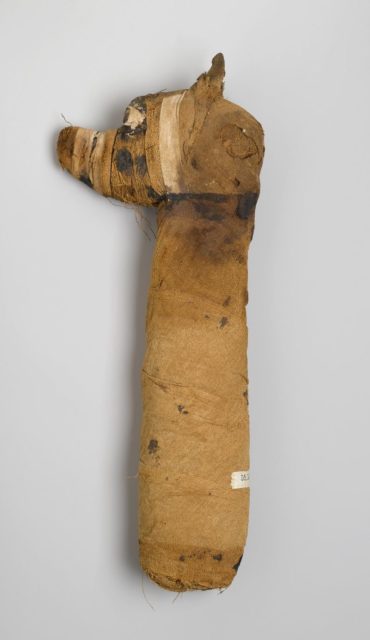
Another reason for mummifying animals was to use them as a source of food in the afterlife. Egyptians perceived the afterlife as a continuation of this one, allowing them to transport goods and items of necessities from this life to the next. To bring food to the afterlife, the would surround human mummies by a particular kind of Victual Mummy. These mummies consisted of dehydrated animal meat, wrapped in linen bandages, to indicate that these mummies were food, not pets.
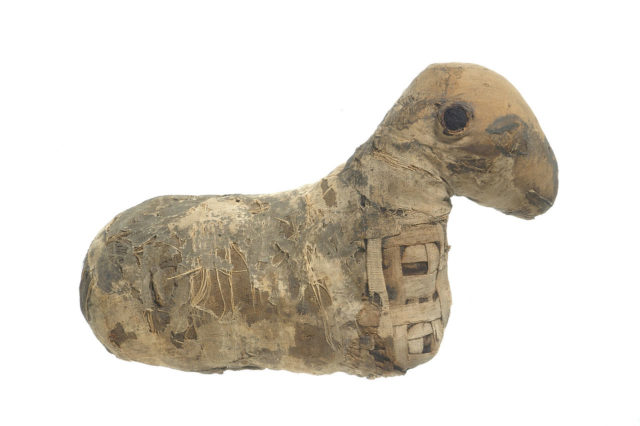
The Victual Mummies were not mummified to the same meticulous extent as a human or pet would be, but were carefully preserved with natron and special salts.The animal meat of choice would usually be fowl or duck. King Tut’s tomb revealed several coffins shaped wooden boxes containing duck and other types of meat.
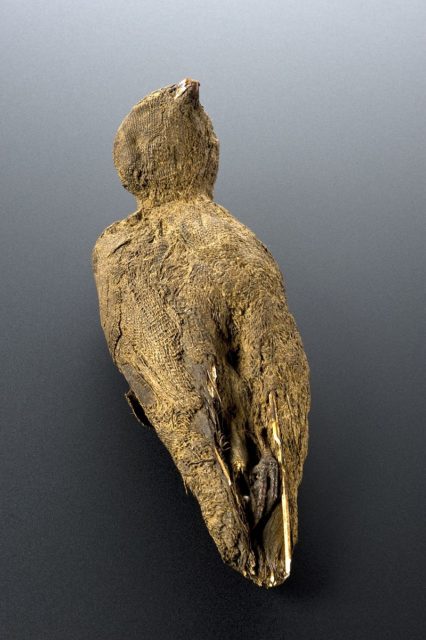
The majority of the animal mummies were religious offerings. These offerings can be understood as compensation; if an Egyptian sought a favor from a god, he would make an offering and place it at the temple of the god he wished to please.
Before the advent of animal mummification, these offerings were bronze statues depicting animals. However, as animal mummification was a cheaper alternative to bronze statues, it became the most popular form of offering.
A staggering number of millions of mummified animals have been discovered throughout Egypt, indicating how popular these offerings were.
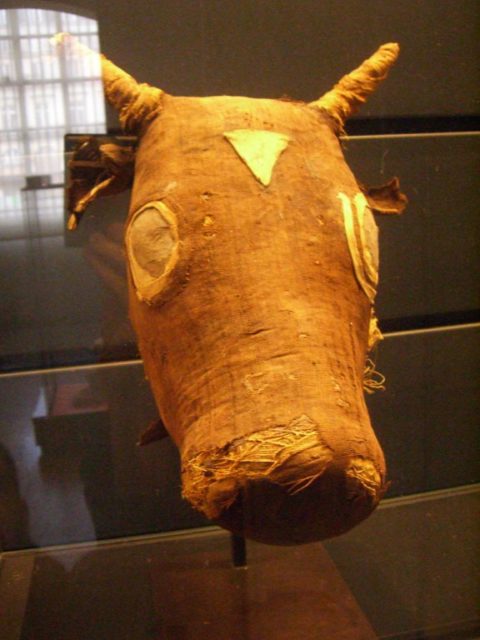
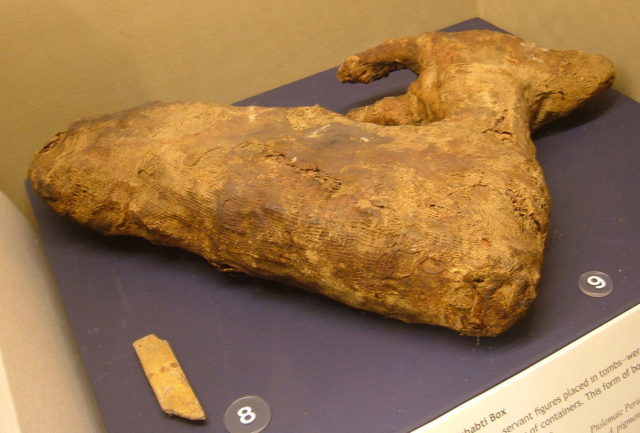
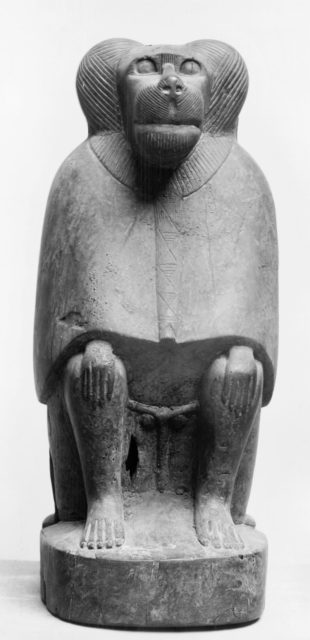
The mummifying of animals was not given as much careful attention as it was for humans. Mummies sold as offerings to pilgrims were minimally treated.
Even the most sacred animals such as the Apis bulls did not have their internal organs preserved.
